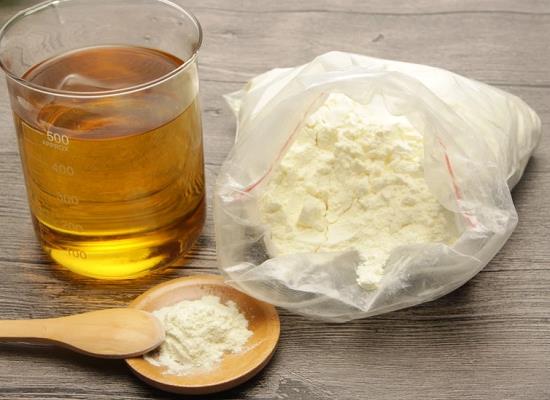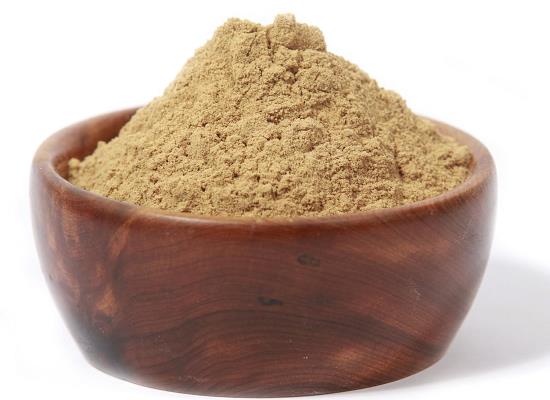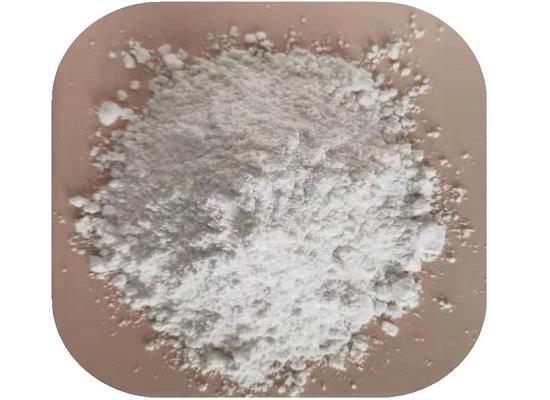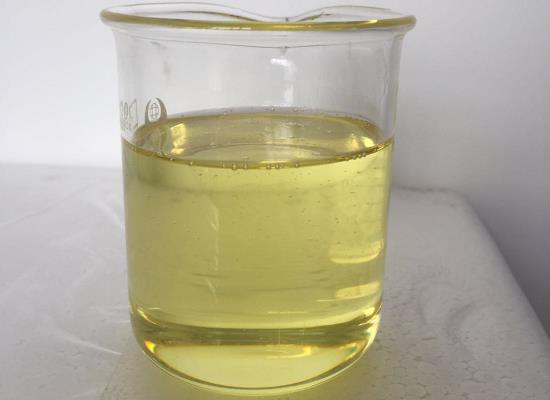Active Pharmaceutical Ingredients (API), popularly speaking, are the raw materials of medicines, only pharmaceutical raw materials are processed into pharmaceutical preparations , can they become medicines available for clinical use, so drugs we usually eat are the finished drugs through processing. Active Pharmaceutical Ingredients based on its sources can be divided into two major categories ,including chemical synthetic drugs and natural chemical drugs. Chemical synthetic drugs can be divided into organic synthetic drugs and inorganic synthetic drugs. Inorganic synthetic drugs are inorganic compounds ( very few is element), such as aluminum hydroxide, magnesium trisilicate which are used for the treatment of gastric and duodenal ulcers ; organic synthetic drugs are mainly composed of drugs made by basic organic chemical raw materials, through a series of organic chemical reactions (such as aspirin, chloramphenicol, caffeine, etc.). Natural chemical drugs ,based on its sources,can be divided into two categories including biochemical drugs and plant chemical drugs. Antibiotics are generally made by the microbial fermentation, which belongs to the biochemistry category. A variety of semi-synthetic antibiotics occurs in recent years,which are biosynthesis and chemical synthesis combining products.Among active Pharmaceutical Ingredients, the organic synthetic drugs varieties, yields and values have the largest proportion,which are the main pillars of the chemical and pharmaceutical industries. The quality of active Pharmaceutical Ingredients decides whether the formulation is good or bad , so its quality standards are very strict ,countries in the world have developed national pharmacopoeia standards and strict quality control methods for its widely used active Pharmaceutical ingredients.
Crisaborole: A Boron-Containing Molecule with Therapeutic Efficacy in Treating Atopic Dermatitis
Crisaborole inhibits PDE4, increasing cAMP levels, with well-tolerated topically and minimally absorbed systemically. Effective in treating atopic dermatitis by reducing inflammation.
Feb 6,2024 APIBoldenone Undecylenate: A Versatile Steroid for Clean Muscle Growth and Enhanced Metabolism
Boldenone undecylenate, a safe and effective derivative of testosterone, promotes cleaner muscle growth, enhances metabolic capabilities, and can be used for muscle-building.
Feb 6,2024 APIGinseng Extract: Multi-Targeted Antidepressant Effects Mediated by Active Compounds
Ginseng extract, with its active ingredients, exhibits antidepressant effects through neurotransmitter modulation, HPA axis normalization, anti-inflammatory properties and more.
Feb 6,2024 APIFlibanserin: A Medication for Hypoactive Sexual Desire Disorder and Female Sexual Interest
Flibanserin treats hypoactive sexual desire disorder by modulating serotonin and dopamine receptors, improving sexual desire. Clinical trials show efficacy in increasing satisfying sexual events.
Feb 6,2024 APIL(-)-Carvone: Multifaceted Compounds with Promising Therapeutic Potential
L(-)-Carvone show antifungal, anti-tumor, and anti-inflammatory properties, making them potential candidates for controlling fungi, treating cancer, and managing inflammatory.
Feb 6,2024 APIFormation of Fluoride Ions and Their Charges
Fluoride ions carry a single negative charge, which makes them useful in a variety of chemical applications such as complex synthetic routes and other inorganic reactions.
Feb 5,2024 APIDimethyl Dicarbonate: A Versatile Antifungal Compound with Broad Applications in Food Preservation
Dimethyl dicarbonate is a widely used food additive that effectively inhibits microorganism growth and has antifungal properties, making it a promising agent for food preservation.
Feb 5,2024 APIStannous Octoate: Versatile Catalyst for High-Performance Polymer Synthesis with Strict Safety Precautions
Stannous octoate is an effective catalyst for producing polymers, but requires strict safety precautions due to potential hazards.
Feb 5,2024 APICarrageenan and its applications in drug delivery
Carrageenan, derived from seaweed, is used as an extrusion aid and stabilizer in drug delivery systems, enhancing pellet properties and emulsion stability.
Feb 5,2024 APIDilauroyl Peroxide: A Versatile Compound in Polymerization with Significant Safety Considerations
Dilauroyl peroxide is a useful compound in polymerization, synthesized from lauroyl chloride and hydrogen peroxide, but requires careful handling due to its explosive nature.
Feb 5,2024 API












